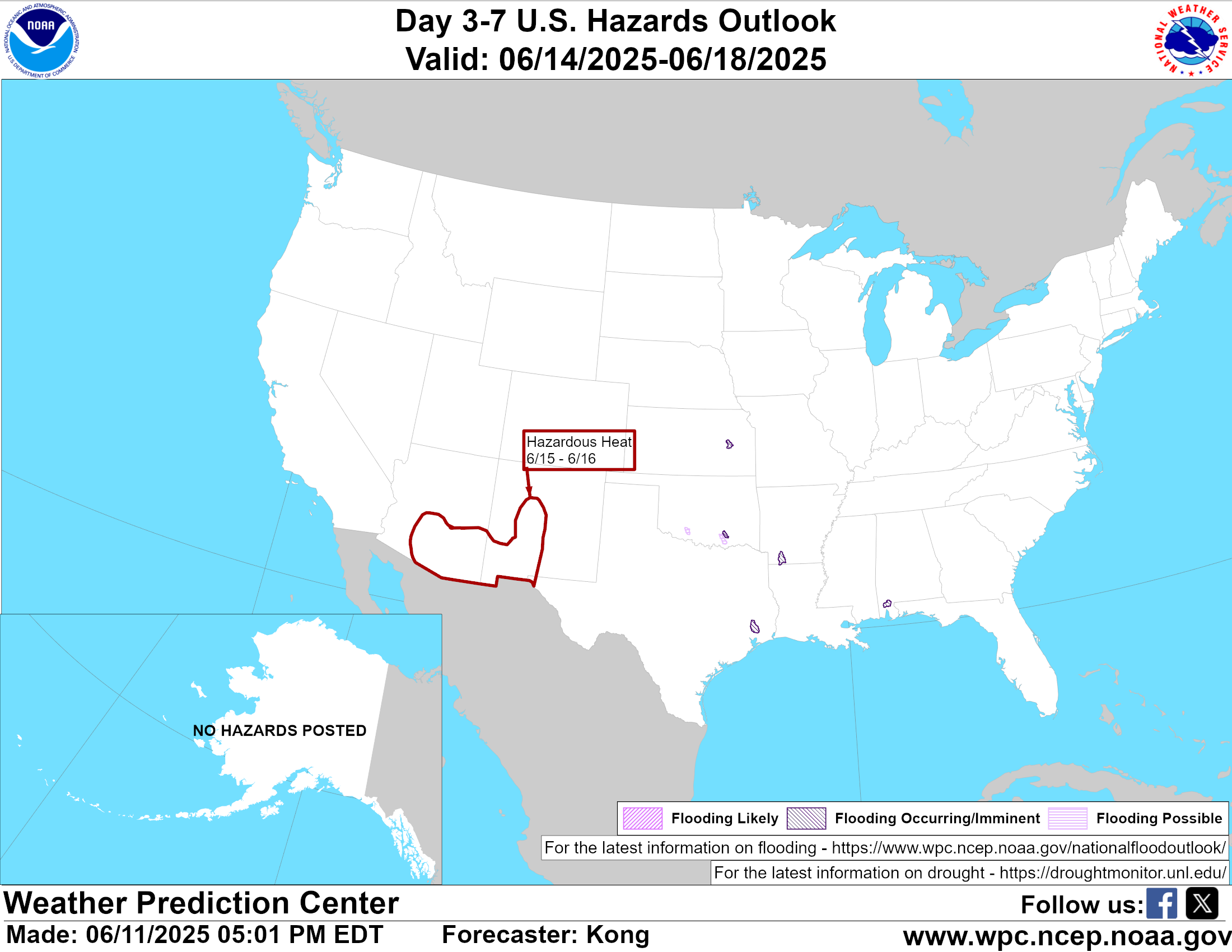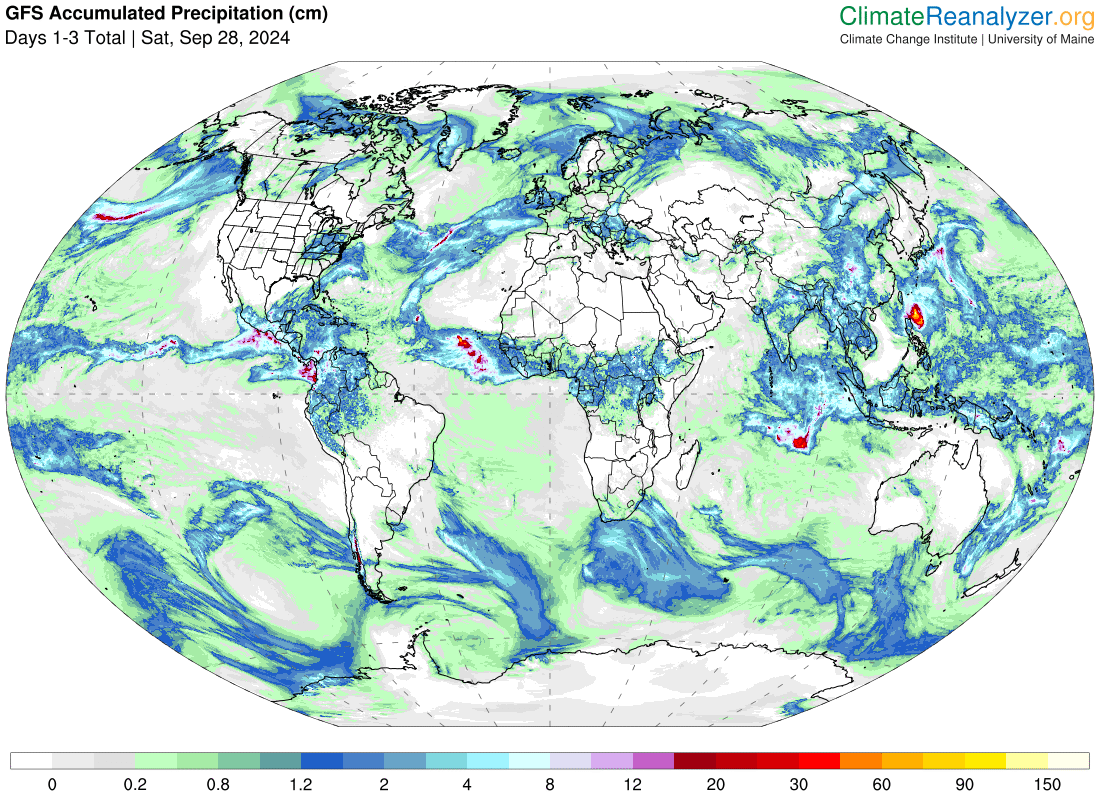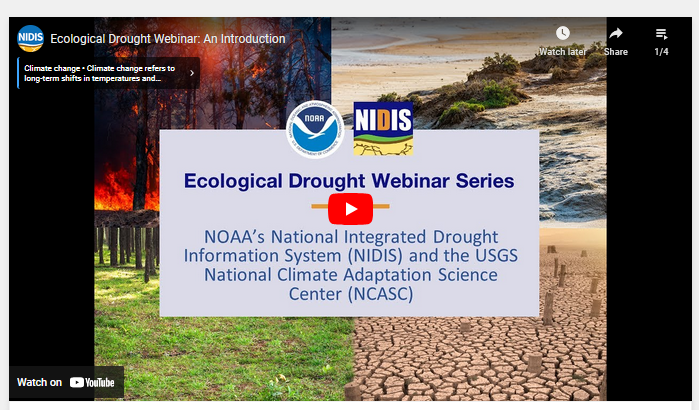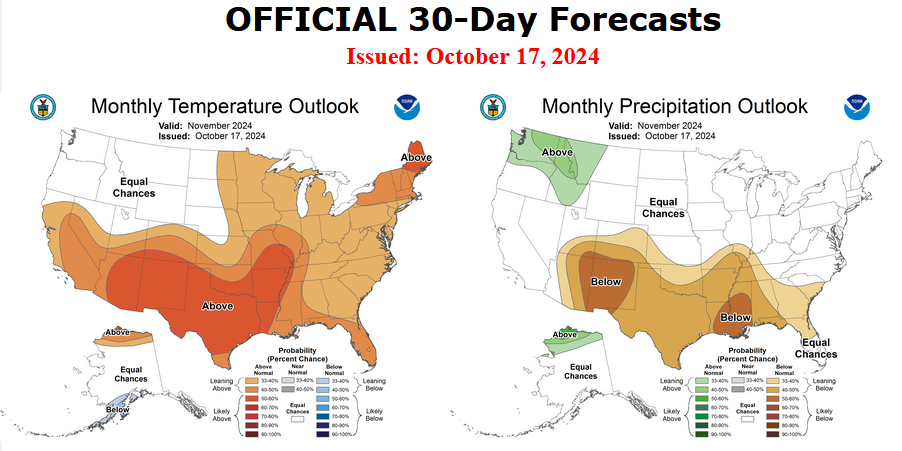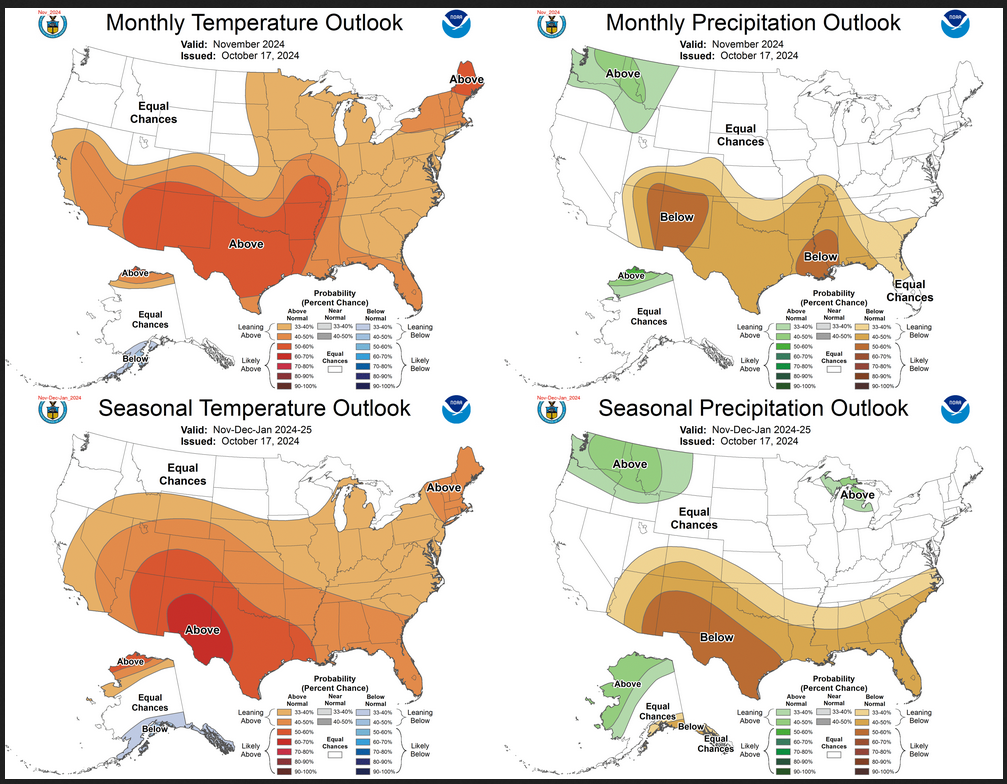Weather Outlook for the U.S. for Today Through at Least 22 Days and a Six-Day Forecast for the World: posted October 20, 2024
This article focuses on what we are paying attention to in the next 48 to 72 hours. The article also includes weather maps for longer-term U.S. outlooks (up to four weeks) and a six-day World weather outlook which can be very useful for travelers.
First the NWS Short Range Forecast. The afternoon NWS text update can be found here after about 4 p.m. New York time but it is unlikely to have changed very much from the morning update. The images in this article automatically update.
Short Range Forecast Discussion
NWS Weather Prediction Center College Park MD
Sun Oct 20 2024
Valid 12Z Sun Oct 20 2024 – 12Z Tue Oct 22 2024…Heavy Rain and light to moderate Snow across portions of the Central
Rockies, and Southern High Plains today before diminishing tonight……Rainfall for the Pacific Northwest through Monday…
…Expansive area of above average temperatures settle over the northern
tier…An anomalous closed upper-level low pressure system will continue to
produce heavy rainfall and scattered thunderstorms across portions of the
Southern High Plains through this morning before quickly tapering off this
afternoon and evening. A Slight Risk of Excessive Rainfall leading to
Flash Flooding is in effect for parts of far southeastern Colorado, the
Texas/Oklahoma panhandles and northeastern New Mexico where 1 inch/hr rain
rates could cause runoff concerns, particularly over recent burn scars.
Heavy snow is also a concern over parts of the Central Rockies,
specifically the San Juans above 10,000 feet where over 8 inches of snow
are possible. Snow tapers off tonight as the upper low moves away into the
Great Plains.A broad positively tilted upper trough will continue generating a
prolonged weak atmospheric river event over the Northwest over the next
couple of days. Some additional 1-2 inches of rainfall are possible for
parts of the Pacific Northwest today followed by portions of the Northern
Rockies on Monday. Any snow that falls will be confined to the highest
elevations of the Cascades.An upper ridge will promote warm southerly flow into the Plains and
eventually East over the next several days. High temperatures in the 70s
and 80s today and Monday will represent 20-30 degree positive anomalies
for this time of year over parts of the Upper Midwest. Overnight
temperatures will be warm enough to rival low records as well. Troughing
over southern Canada and the cut-off low propagating across the Plains
will eventually push the warm air into the eastern half of the country
this week.


